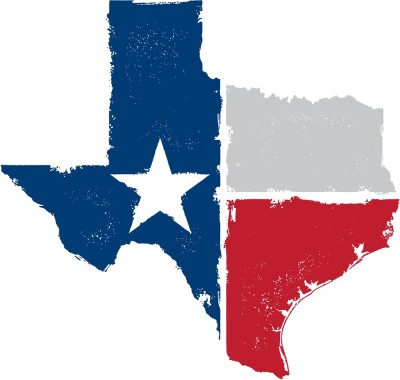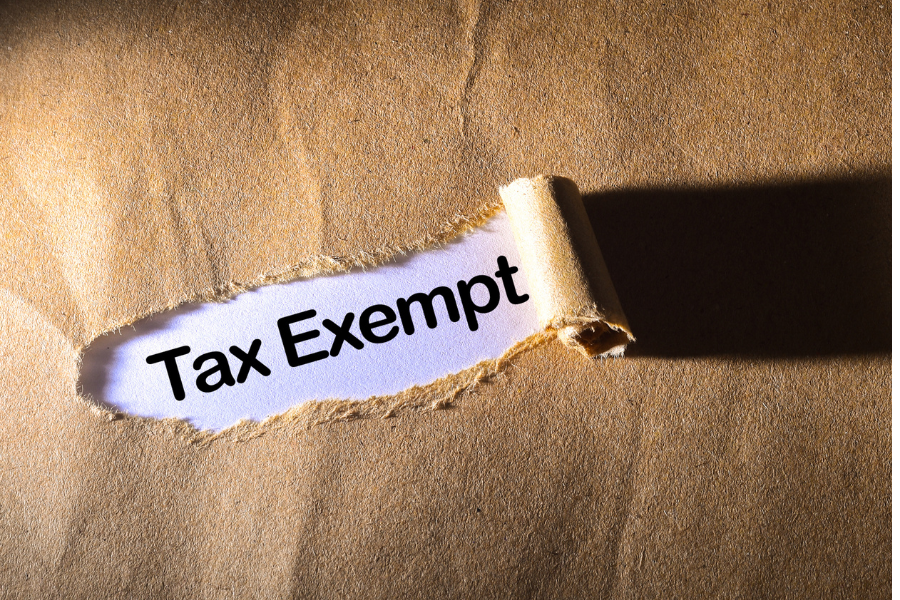
I am often asked why are property taxes in Texas are so high? The simple answer is because Texas does not have a state income tax and thus our schools, social services, roads, and infrastructure are supported by a property tax.
Although they may seem high, our overall tax burden in Texas is much lower than the national average. Especially if you compare our taxes to the 41 states that impose a state income tax.
 The three main components of property tax structure in Spring Texas are the county tax, school district tax, and the MUD (Municipal Utility District) tax. MUDs are political entities that provide the water, sewage, and drainage services for a community. Unless the City of Houston is providing you with these services, you will more than likely be receiving them from a MUD.
The three main components of property tax structure in Spring Texas are the county tax, school district tax, and the MUD (Municipal Utility District) tax. MUDs are political entities that provide the water, sewage, and drainage services for a community. Unless the City of Houston is providing you with these services, you will more than likely be receiving them from a MUD.
The combined property tax rate ranges from $2.1 to $3.68 per every $100 of assessed value. The school district and the MUD tax combined represent anywhere from 50% to 80% of the entire tax rate. The MUD tax can range from $0.00 to $1.40. The main factor that causes such a difference in the range of our property tax rates is the MUD.
Typically you will find higher property tax rates in newer subdivisions, because the MUD tax is higher. The MUD’s rate is higher in newer subdivisions since they have to install the infrastructure to support the subdivision. Over time the homeowners pay the MUD for the infrastructure and the MUD tax will decrease. In some of our older subdivisions with homes built in the early 70s the MUD tax is actually $0.00.
Read also:
- Learn how to reduce your Spring Texas property taxes
- Does Harris or Montgomery county have lower real estate taxes?
- Texas ranks 8th lowest in state-local tax burden
If you have additional questions about the homestead exemption or Spring TX property taxes, call or text 281.804.8626.



